Having your wisdom teeth removed means making some temporary changes to your diet. For the next few days, you’ll need to stick with soft foods that won’t irritate your healing gums or get stuck in the extraction sites. Eating the right foods can help reduce pain, prevent complications, and speed up your recovery process. Here’s a handy guide to what you should eat and what you definitely need to avoid after your dental surgery.
1. Greek Yogurt
Cool, creamy, and packed with protein, Greek yogurt makes an excellent post-surgery snack. The smooth texture slides down easily without requiring any chewing, making it perfect for tender gums.
The high protein content helps your body heal faster, while the cold temperature can provide gentle relief to swollen tissues. Plain varieties are best, but you can add a drizzle of honey for sweetness if desired.
Greek yogurt also contains beneficial probiotics that support your immune system—something particularly helpful when your body is recovering from surgery. Just be sure to avoid varieties with granola, nuts, or fruit chunks that could get lodged in extraction sites.
2. Cottage Cheese
Soft, mild-tasting cottage cheese offers a protein-rich option that requires zero chewing. The small, soft curds practically melt in your mouth, making this dairy product an ideal choice during dental recovery.
Rich in calcium and phosphorus, cottage cheese supports bone health while providing essential nutrients your body needs for healing. The cooling sensation can also help soothe inflammation around extraction sites.
For extra flavor without added texture, try mixing in a little applesauce or a spoonful of soft jam. Cottage cheese pairs well with other soft foods on this list, making it versatile enough to enjoy several times throughout your recovery without getting bored.
3. Scrambled Eggs
Fluffy, protein-packed scrambled eggs provide substantial nutrition without taxing your sore mouth. When cooked with plenty of butter or oil and scrambled until extremely soft, they practically dissolve on your tongue.
Their high protein content makes them excellent for healing, while their versatility means you can season them differently each day to prevent flavor fatigue. Cook them extra moist rather than dry for the easiest eating experience.
For added nutrition without added texture, try stirring in a little melted cheese or some finely minced herbs. Just be sure to let them cool slightly before eating, as very hot foods can irritate extraction sites and potentially disturb healing blood clots.
4. Smooth Peanut Butter
Creamy peanut butter provides protein and healthy fats that keep you satisfied when solid foods are off the menu. Unlike its crunchy counterpart, smooth peanut butter melts easily in your mouth with minimal manipulation.
The rich, savory flavor offers a welcome break from the many sweet options typically recommended after dental surgery. For easier consumption, try stirring a spoonful into warm oatmeal or yogurt rather than eating it straight.
If you’re concerned about the thickness, thin it out with a little honey or mix it into a smoothie. Just remember to choose brands without added sugar or salt, which can irritate healing tissues. And of course, chunky varieties are strictly off-limits until your mouth has fully healed.
5. Silken Tofu
Remarkably gentle on tender gums, silken tofu offers a plant-based protein source that requires absolutely no chewing. Its custard-like consistency makes it ideal for the first few days after extraction when your mouth feels most sensitive.
Nearly flavorless on its own, silken tofu readily absorbs whatever seasonings you add. Try blending it into smoothies for added protein, or drizzle it with soy sauce for a savory option. Some people enjoy it with a little maple syrup as a pudding-like dessert.
Beyond protein, tofu provides calcium and iron—nutrients that support overall healing. The cool temperature can also help reduce inflammation around extraction sites, making this versatile food both nutritious and therapeutic during your recovery.
6. Mashed Potatoes
Warm, comforting mashed potatoes provide substantial sustenance when you’re tired of yogurt and pudding. Their soft, pillowy texture requires zero chewing while still giving you the satisfaction of eating something hearty.
Make them extra smooth by using a ricer or food processor, and add plenty of butter or olive oil for additional calories and flavor. The starchy carbohydrates provide energy your body needs for healing, while potassium helps reduce swelling.
Sweet potatoes work equally well and offer additional nutrients like vitamin A. Just ensure they’re completely lump-free and served at a moderate temperature—not too hot. For added protein without changing the texture, stir in some plain Greek yogurt instead of sour cream.
7. Macaroni and Cheese
Soft, tender pasta smothered in creamy cheese sauce offers comfort food that’s actually appropriate after dental surgery. The key is cooking the pasta slightly longer than normal until it’s very soft and almost falls apart.
The familiar, beloved flavor makes mac and cheese psychologically satisfying when you’re feeling miserable. The dairy provides calcium and protein, while the pasta delivers easy-to-digest carbohydrates for energy during healing.
Homemade versions allow you to control the consistency, making the sauce extra smooth and avoiding any chewy or crusty edges. Boxed varieties work too—just avoid the “al dente” cooking recommendation and let those noodles get super soft. Allow it to cool slightly before eating to avoid irritating your extraction sites.
8. Oatmeal
Hearty oatmeal provides filling fiber and nutrients in a form that practically dissolves in your mouth. When cooked with extra liquid until extremely soft, it requires virtually no chewing while still giving you the satisfaction of a proper meal.
The warm temperature (not hot) can be soothing, while the fiber helps prevent constipation—a common side effect of pain medications. For added nutrients without added texture, stir in protein powder, nut butter, or a mashed banana.
Instant varieties work well for convenience, but avoid those with dried fruit chunks or nuts. Steel-cut oats should be avoided initially as they maintain more texture. For maximum comfort, let your oatmeal cool slightly before eating and consider adding a splash of cold milk to bring the temperature down.
9. White Bread (No Crusts)
Soft white bread with crusts removed offers a simple carbohydrate option when you’re craving something slightly more substantial than liquids. The pillowy texture practically melts when it contacts saliva, requiring minimal manipulation in your mouth.
Fresh bread works better than toasted, which can create hard edges. Try tearing it into small pieces and letting each piece soften slightly in your mouth before swallowing. For added nutrition and flavor, try dipping pieces in soup broth or spreading with a thin layer of soft peanut butter.
While not the most nutritious option on this list, white bread provides easy calories when your appetite is diminished. Whole grain varieties should be avoided initially, as the seeds and rougher texture can irritate extraction sites or become lodged in them.
10. Pancakes
Soft, fluffy pancakes provide a breakfast option that feels somewhat normal while still being gentle on healing gums. When made with extra liquid in the batter and cooked until just done (not crispy), they become tender enough to eat with minimal chewing.
Cut them into small pieces and let them sit in your mouth briefly to soften further before swallowing. Plain pancakes work best, avoiding recipes with nuts, chocolate chips, or fruit chunks that could irritate extraction sites.
For moisture without chunks, try a light drizzle of maple syrup or honey. The familiar comfort food can boost your spirits during recovery while providing carbohydrates for energy. Just be sure they’re completely cooled to a lukewarm temperature before eating to avoid disrupting healing blood clots.
11. Bone Broth
Nutrient-dense bone broth delivers protein, minerals, and hydration in a form that requires zero chewing. Sipping this warm liquid throughout the day helps maintain nutrition when eating feels challenging.
The gelatin content supports healing tissues, while the savory flavor offers a welcome alternative to sweet foods that dominate post-extraction diets. Homemade versions provide the most nutrients, but quality store-bought options work well too.
For added calories without added texture, try stirring in a little butter or olive oil. The warmth (not hot temperature) can be soothing, but always let it cool enough that it won’t disturb healing blood clots at extraction sites. Bone broth also helps maintain your sodium levels, which supports proper hydration during healing.
12. Blended Vegetable Soup
Velvety smooth vegetable soups deliver essential nutrients without requiring any chewing. Butternut squash, carrot, or potato-based soups blend into perfect consistency for tender mouths, while providing vitamins your body needs for healing.
The key is thorough blending until absolutely no chunks remain. A high-powered blender creates the silkiest texture, but food processors or immersion blenders work well too—just strain afterward if you’re concerned about texture.
Serve these soups lukewarm rather than hot to protect healing tissues. For added protein without changing the texture, stir in unflavored collagen powder or a dollop of Greek yogurt after cooling. The familiar comfort of soup can also provide psychological satisfaction when you’re limited to soft foods.
13. Chicken or Miso Soup
Savory broths like chicken or miso soup provide comforting hydration when eating feels difficult. The clear liquid format allows you to consume protein and minerals without any chewing or risk to extraction sites.
For the first few days, stick to just the broth, straining out any solid ingredients like noodles, vegetables, or meat. The warm (not hot) temperature feels soothing, while the savory flavor satisfies hunger better than sweet liquids.
Miso soup offers probiotic benefits that support overall healing, while chicken broth provides familiar comfort. Both options help maintain electrolyte balance, which supports proper hydration. As you heal, you can gradually incorporate very soft, small pieces of tofu or well-cooked vegetables, but initially, clear broth is safest.
14. Applesauce
Naturally sweet applesauce provides fiber and vitamins in a completely smooth format perfect for post-extraction eating. The cool temperature can help soothe swollen tissues, while the natural sugars provide quick energy.
Unsweetened varieties are best for your overall health, but the natural sweetness makes applesauce feel like a treat when your food options are limited. The smooth consistency requires zero chewing and slides down easily even when your mouth feels tender.
For added nutrition without changing the texture, try stirring in a spoonful of ground flaxseed or a sprinkle of cinnamon. Applesauce also pairs well with other soft foods like cottage cheese or yogurt, giving you more options for creating satisfying meals during recovery.
15. Ripe Bananas
Naturally soft and easy to mash, ripe bananas offer potassium that helps reduce swelling after surgery. Their gentle sweetness satisfies sugar cravings without the refined sugars found in many desserts.
Choose bananas with plenty of brown spots for the softest texture. For easiest eating, mash thoroughly with a fork until completely smooth. The natural packaging makes bananas convenient when you don’t feel up to food preparation.
Beyond potassium, bananas provide vitamin B6 and fiber that support healing and digestion. They pair beautifully with other soft foods like yogurt or oatmeal, creating more substantial meals. As one of the few fresh foods you can safely enjoy after extraction, bananas offer a welcome break from processed options.
16. Avocado
Buttery-soft avocado provides healthy fats and calories in a texture that requires minimal mouth movement. When perfectly ripe, its creamy consistency can be eaten with just a spoon or easily mashed into a smooth puree.
The healthy monounsaturated fats help you feel satisfied despite eating less volume than usual. These fats also support the absorption of fat-soluble vitamins your body needs for healing. For easiest eating, choose avocados that yield slightly to gentle pressure.
Season with a sprinkle of salt for flavor without adding texture. Avocado also blends beautifully into smoothies, adding richness without altering the smooth consistency. The mild flavor pairs well with both sweet and savory ingredients, making it versatile enough to enjoy multiple times during your recovery.
17. Steamed and Mashed Vegetables
Nutrient-dense vegetables become wisdom-teeth friendly when steamed until very soft and thoroughly mashed. Carrots, squash, and cauliflower transform into smooth, easily eaten purees that deliver essential vitamins and minerals your body needs for healing.
The key is cooking them until they’re extremely tender—much softer than you’d normally prepare them. A food processor creates the smoothest consistency, but a potato masher works well for softer vegetables like squash. Season with butter, salt, and herbs for flavor without adding texture.
These vegetable purees provide fiber that helps counter the constipation often caused by pain medications. They also offer a welcome savory alternative to the many sweet options on post-extraction diet lists. Serve at a moderate temperature to avoid irritating sensitive tissues.
18. Jell-O
Jiggly Jell-O slides down easily without any chewing, making it an ideal option during the first days after extraction. The cool temperature provides gentle relief to swollen tissues, while the sweet flavor feels like a treat during an otherwise challenging time.
The high water content helps maintain hydration when drinking feels difficult. Though not particularly nutritious, Jell-O provides quick-energy carbohydrates and a psychological boost when eating options feel limited. For easier consumption, let it warm slightly from refrigerator temperature.
Sugar-free varieties are available if you’re watching sugar intake, though regular versions may be more palatable. Avoid versions with fruit chunks or added toppings that could get lodged in extraction sites. The smooth, slippery texture makes Jell-O one of the safest foods to eat immediately following surgery.
19. Pudding
Silky smooth pudding provides a satisfying dessert option that requires zero chewing. The cool, creamy texture slides down easily even when your mouth feels tender and swollen after surgery.
Chocolate, vanilla, and butterscotch varieties all work well, offering sweet comfort during recovery. The milk content provides calcium and protein that support healing, while the soft consistency won’t disturb extraction sites or cause pain.
Homemade versions allow you to control the ingredients, but instant puddings offer convenience when your energy is low. For added nutrition without changing the texture, try stirring in unflavored protein powder. Avoid puddings with tapioca pearls, rice, or added chunks that could get lodged in healing sockets.
20. Ice Cream
Soothing ice cream offers cold comfort that temporarily numbs sore gums while providing calories when your appetite is diminished. The frozen treat melts quickly in your mouth, requiring no chewing while still feeling like a proper dessert.
Stick with smooth varieties like vanilla, chocolate, or strawberry, avoiding any with nuts, cookie pieces, or candy chunks. The cold temperature helps reduce swelling, making ice cream both a treat and a therapy during the first days after extraction.
While not nutritionally ideal, ice cream provides calcium and calories when eating feels challenging. For a healthier option with similar benefits, try frozen yogurt or sorbet. Just be careful not to use straws when eating melted ice cream, as the suction can dislodge healing blood clots.
1. AVOID: Crunchy Snacks
Potato chips, pretzels, nuts, and other crunchy snacks are absolutely forbidden after wisdom teeth extraction. These foods break into sharp fragments that can directly damage healing tissues or become painfully lodged in extraction sites.
The hard texture requires significant chewing, which puts pressure on your healing jaw and can potentially dislodge protective blood clots. Even small pieces that accidentally reach extraction sites can cause significant pain and delay healing.
The salt content in most crunchy snacks can also irritate tender tissues. Despite any cravings you might have, these foods are worth avoiding completely until your dentist confirms you’ve healed enough—typically at least a week, though sometimes longer depending on your specific recovery.
2. AVOID: Sticky Foods
Caramel, gummy candies, chewy breads, and other sticky foods pose serious risks after wisdom teeth removal. These foods can adhere to healing tissues, potentially pulling on stitches or becoming impossibly stuck in extraction sites.
The adhesive nature of sticky foods makes them difficult to remove without causing damage or pain. Even seemingly soft options like white bread can become problematically sticky when chewed. The required jaw movement to handle these foods also puts strain on healing tissues.
Attempting to remove stuck food particles can disrupt blood clots, potentially leading to painful dry socket. While these foods might be tempting, they should be strictly avoided until your oral surgeon confirms complete healing—typically at least two weeks post-surgery.
3. AVOID: Spicy Foods
Hot peppers, salsa, curry, and other spicy foods create a burning sensation that can be excruciating on sensitive extraction sites. The chemical compounds that make these foods spicy directly irritate exposed tissues and nerve endings, potentially causing significant pain and inflammation.
Spicy seasonings can also delay healing by increasing blood flow to the area and potentially disrupting blood clots. Even mild spices might feel intensely painful on tender tissues exposed during surgery.
The oils in many spicy foods can linger in your mouth, making them difficult to rinse away completely. For fastest healing with minimal discomfort, avoid all spicy foods until your dentist confirms your extraction sites have closed completely—typically 1-2 weeks after surgery.
4. AVOID: Acidic Foods
Citrus fruits, tomatoes, vinegar-based dressings, and other acidic foods can cause intense stinging pain when they contact healing extraction sites. The acids directly irritate exposed nerve endings and raw tissues, potentially causing significant discomfort even in small amounts.
Acidic beverages like orange juice, lemonade, and soda can be equally problematic, washing over extraction sites and causing immediate pain. These substances can also interfere with blood clotting and slow the healing process.
Even foods with mild acidity might feel intensely uncomfortable on surgery sites. While vitamin C from citrus supports healing, find gentler sources like supplements during recovery. Wait until your oral surgeon confirms complete healing before reintroducing acidic foods—typically at least 7-10 days after surgery.
5. AVOID: Hot Temperature Foods
Steaming soups, fresh coffee, and other hot foods and beverages pose a serious risk during the first 48-72 hours after wisdom teeth extraction. The high temperature can dissolve the protective blood clots that form at extraction sites, potentially leading to painful dry socket.
Heat also increases blood flow to the area, which can worsen swelling and bleeding. Even foods that seem moderately warm can feel intensely hot against sensitive surgical sites. The combination of temperature and steam can be particularly dangerous.
While warm foods are generally fine after the first few days, extremely hot items should be avoided for at least a week. Always test food temperature carefully before eating, allowing items to cool to lukewarm or room temperature to protect your healing tissues.
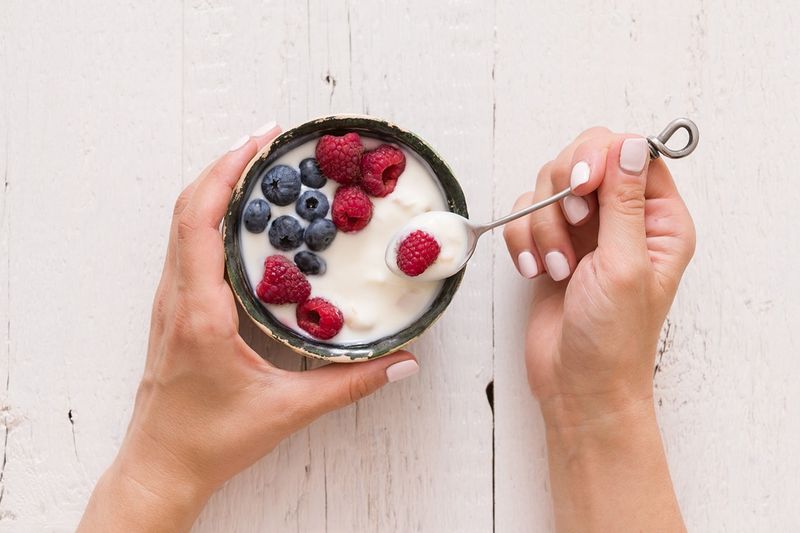
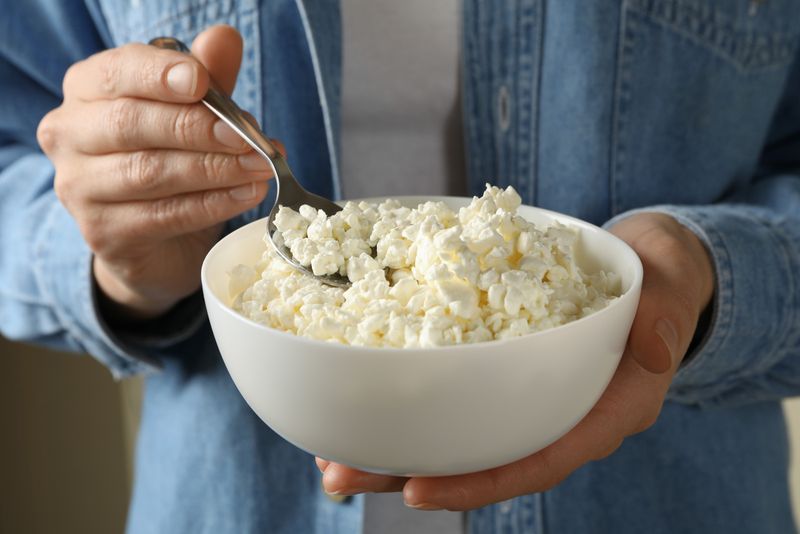
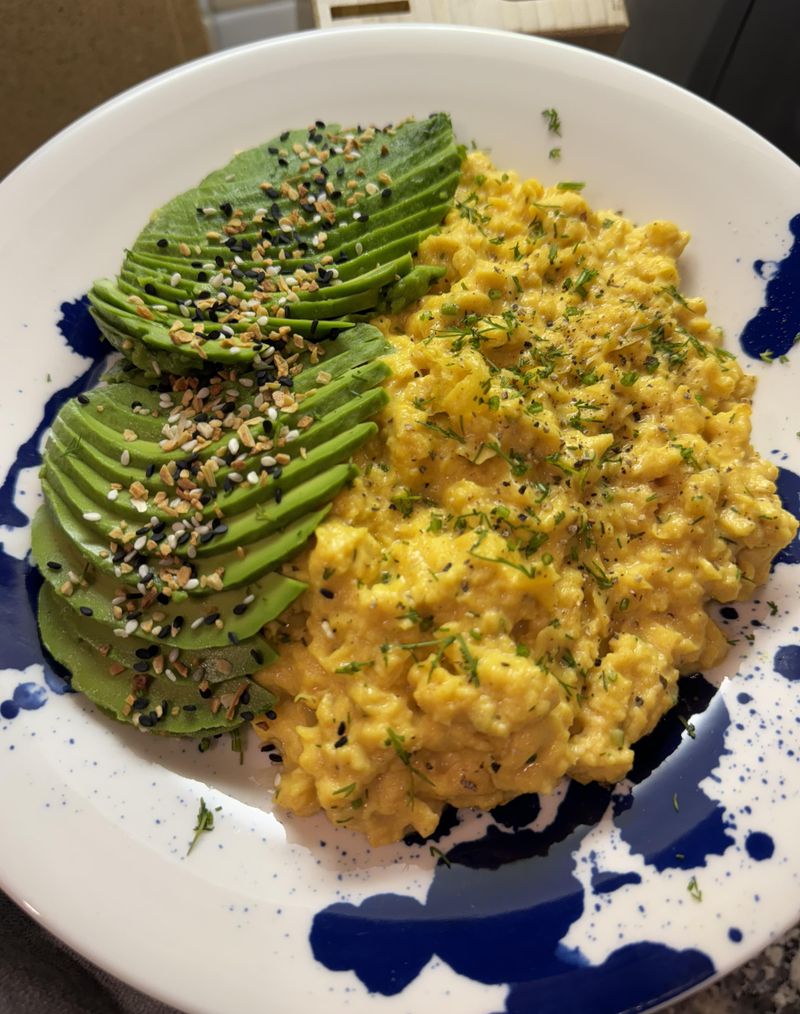
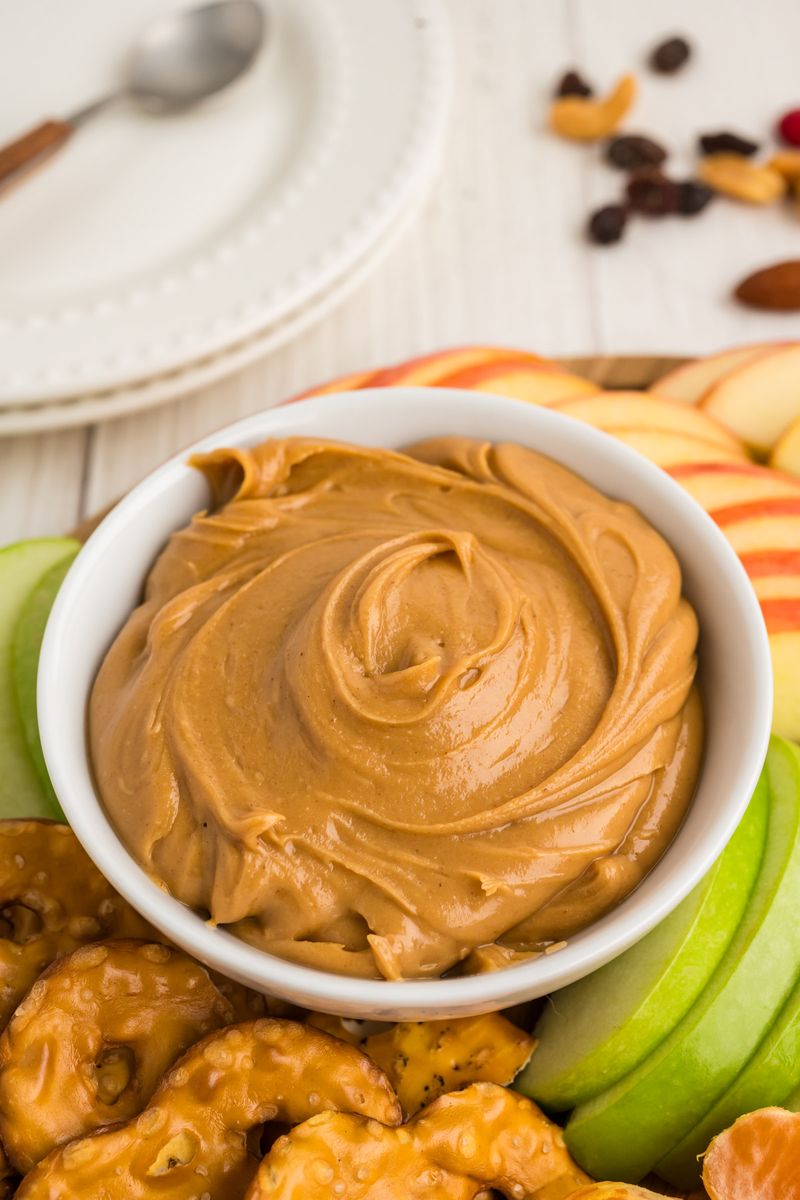
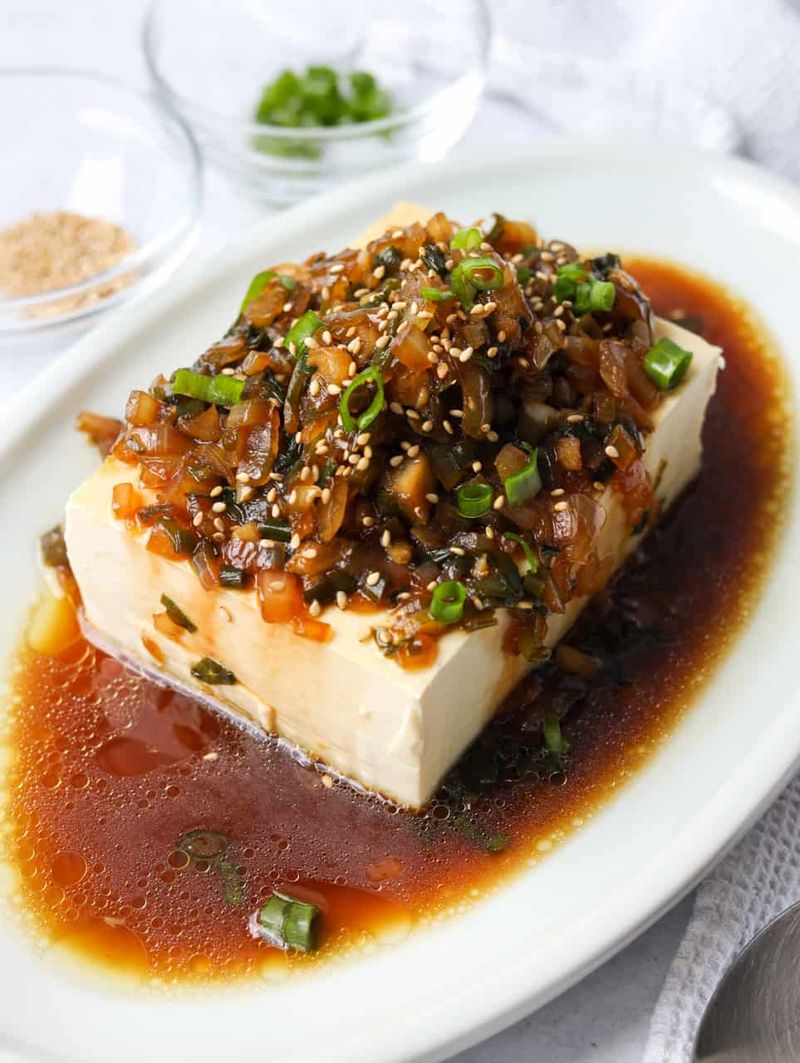
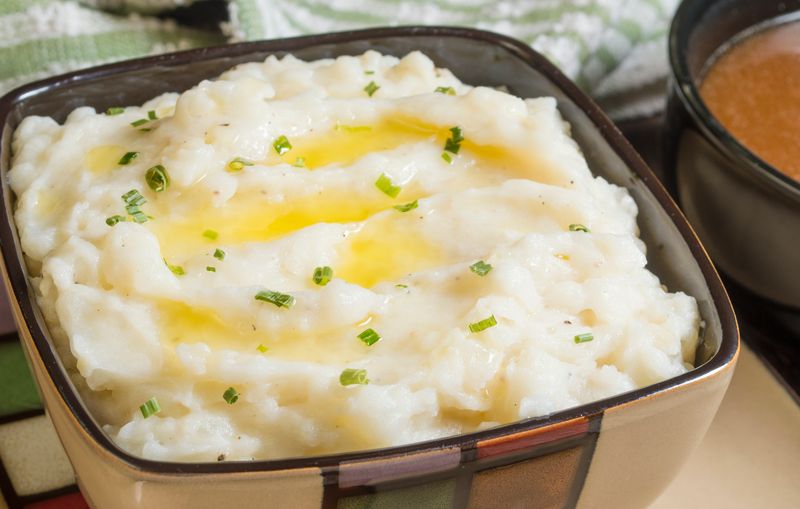
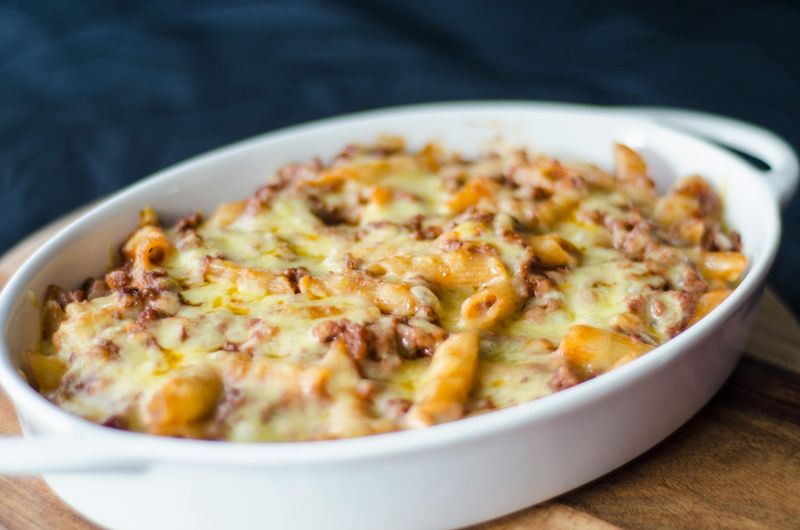
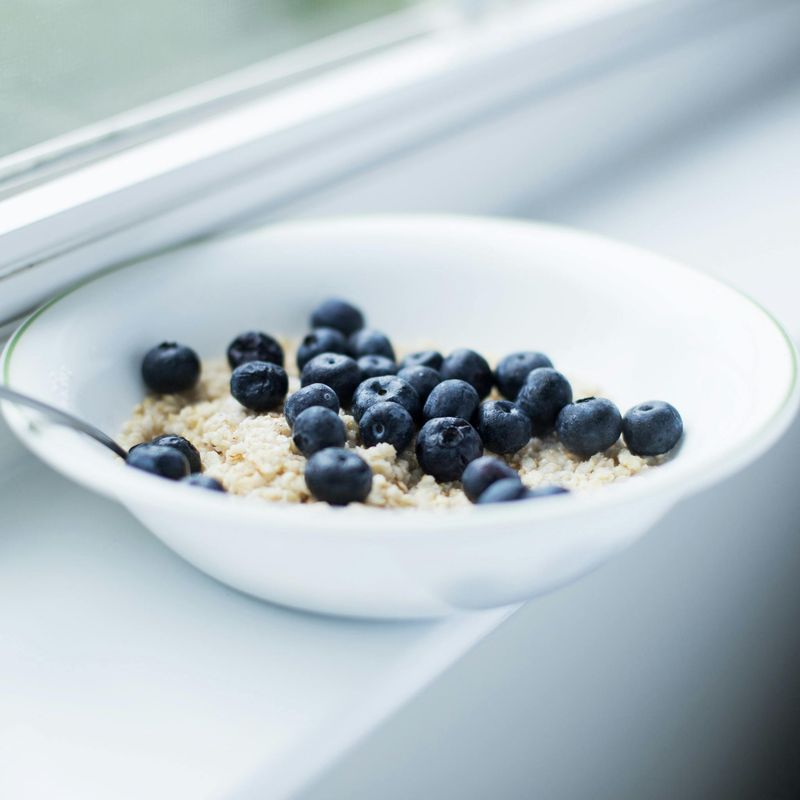
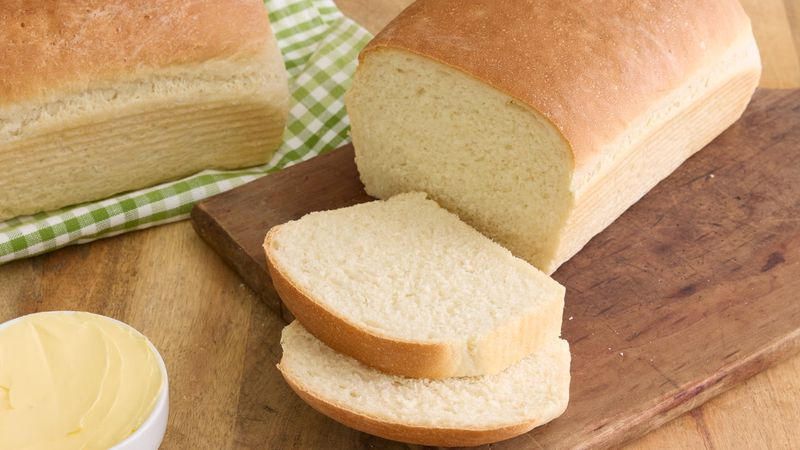
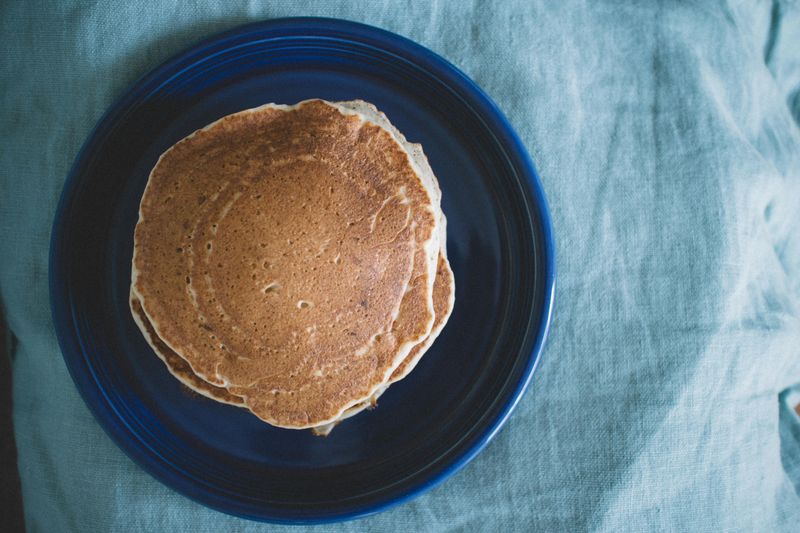
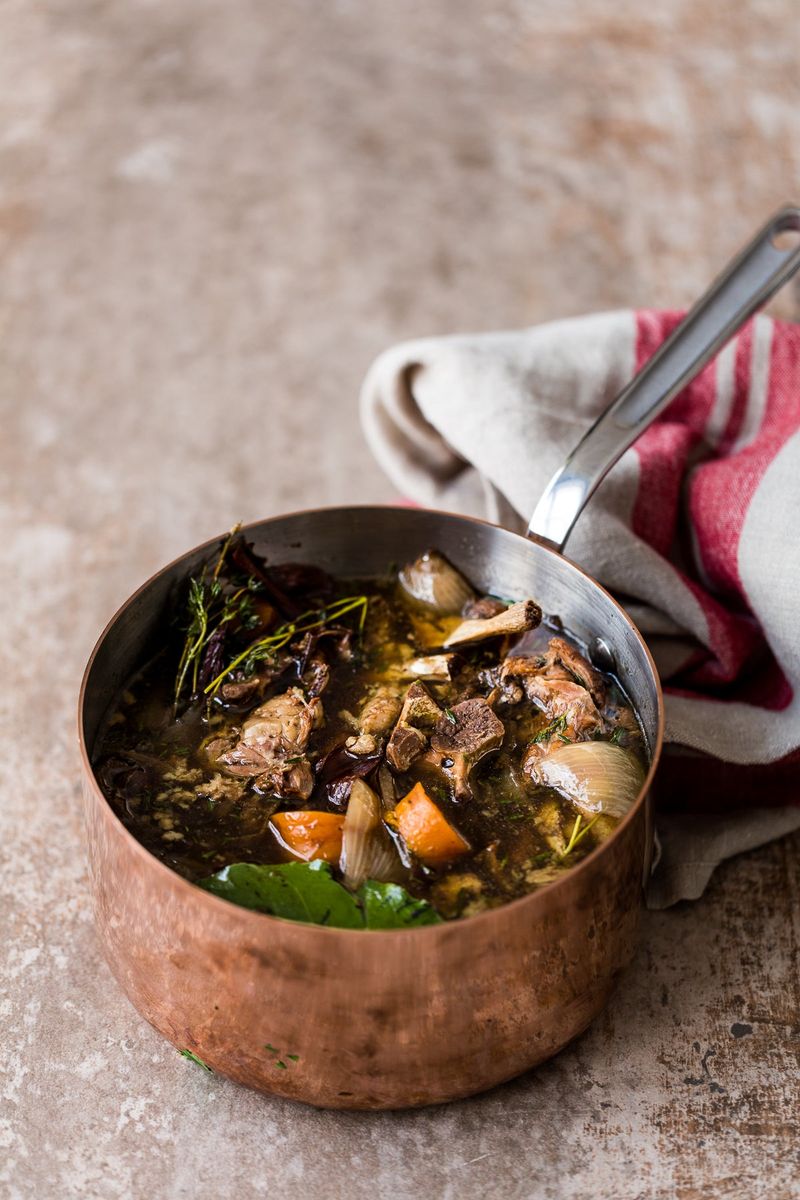
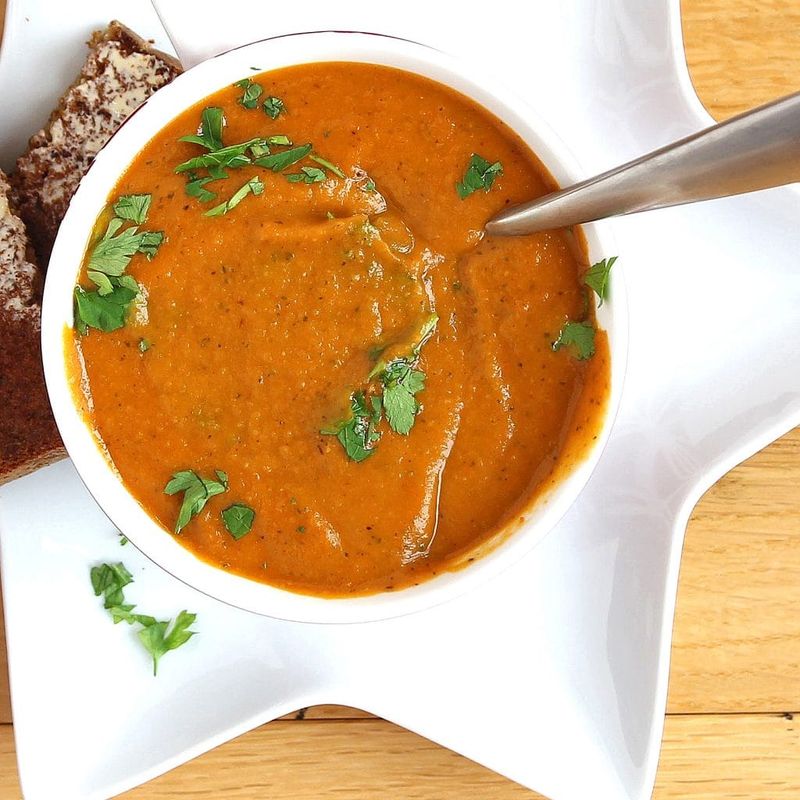
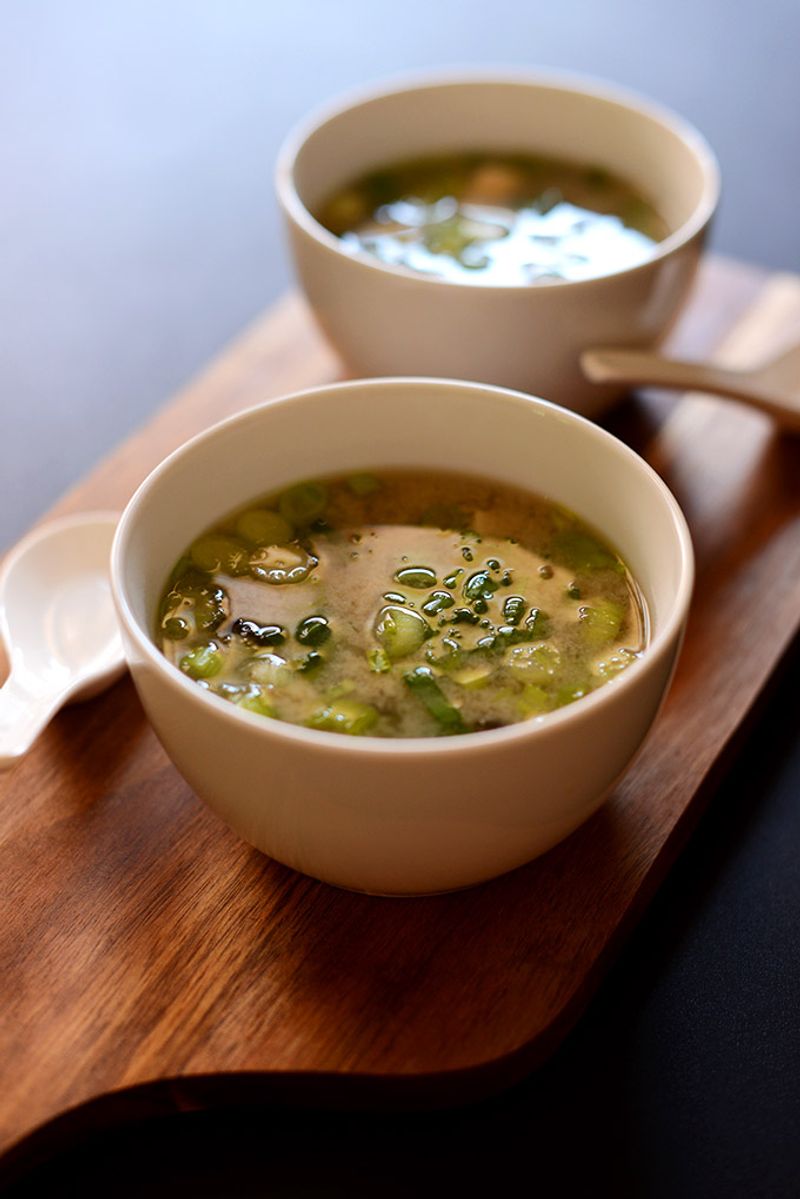
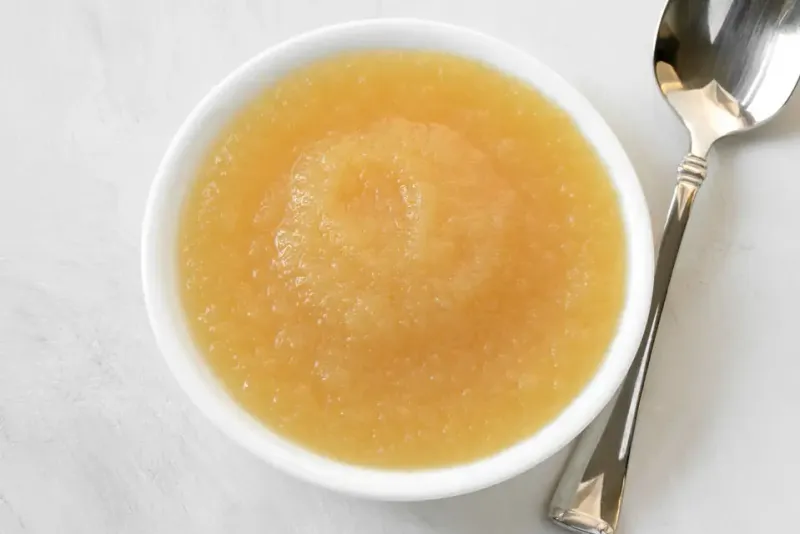
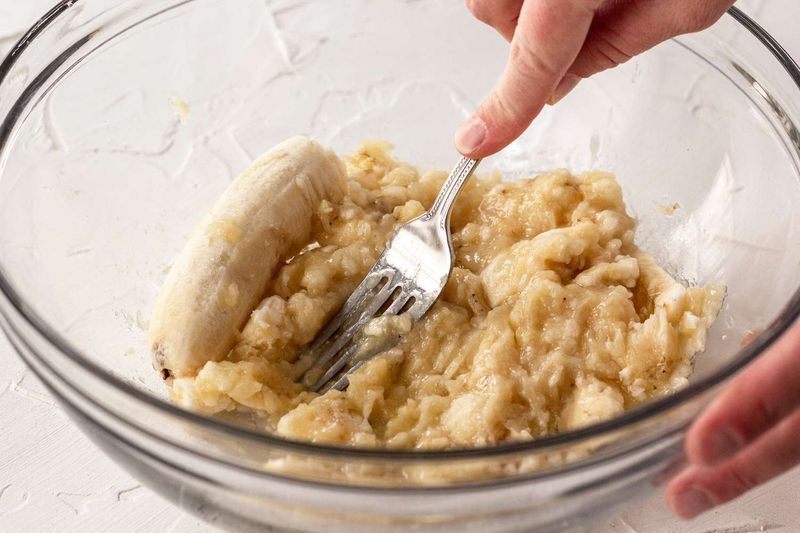
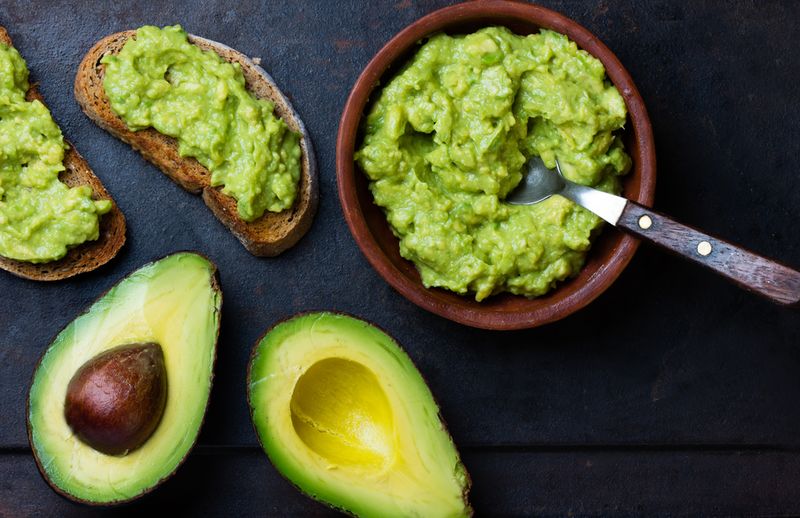
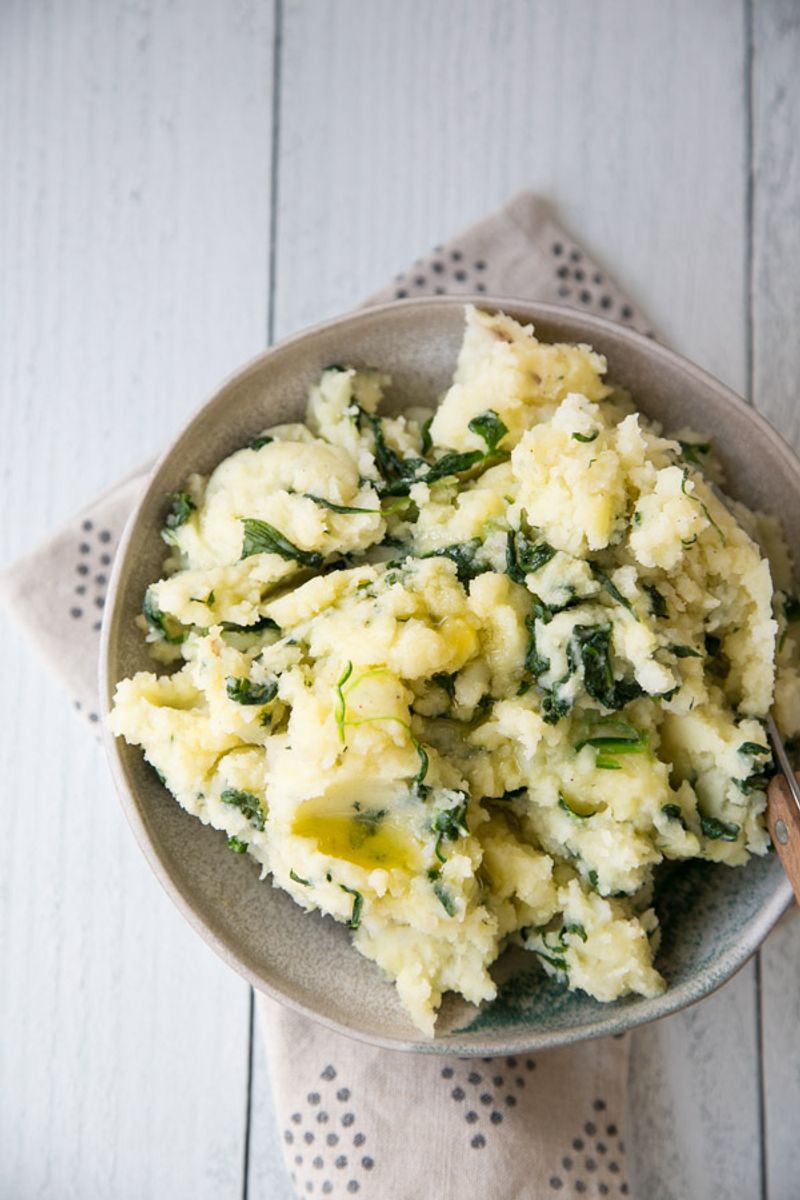
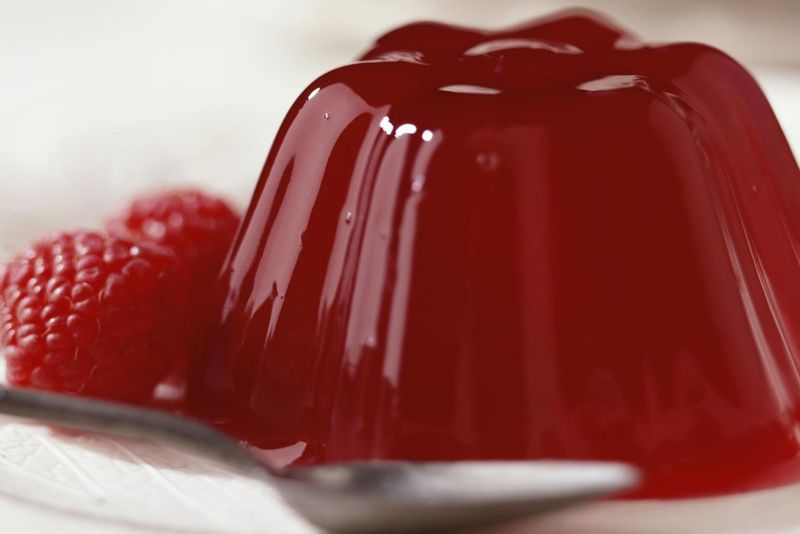
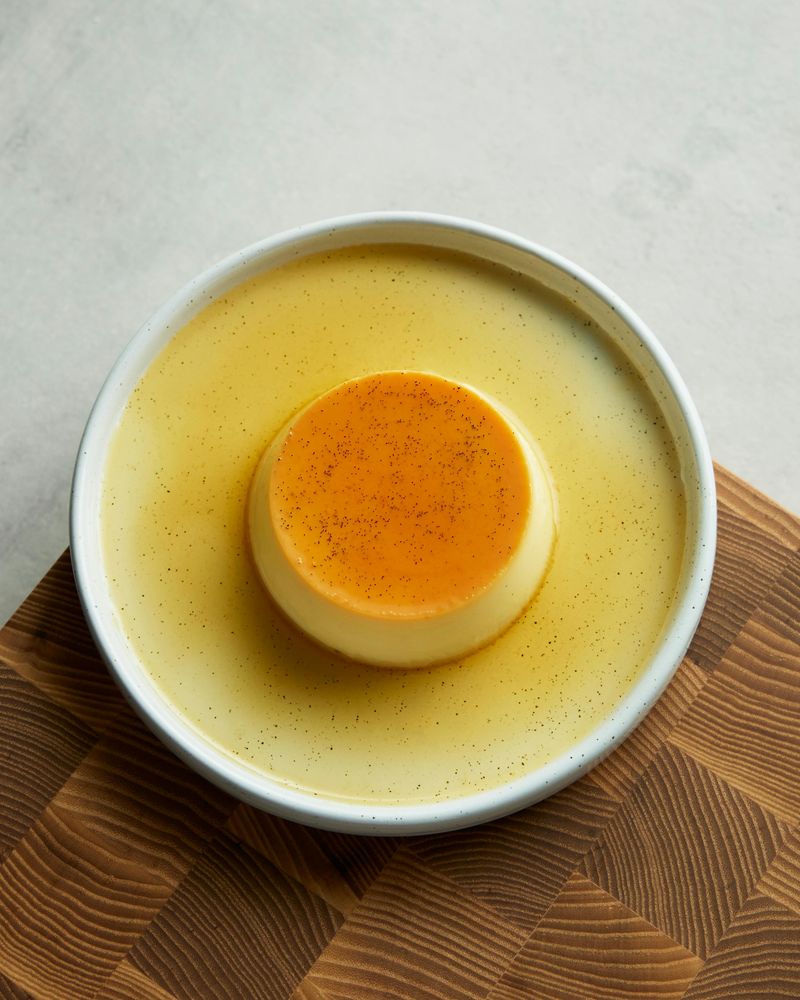
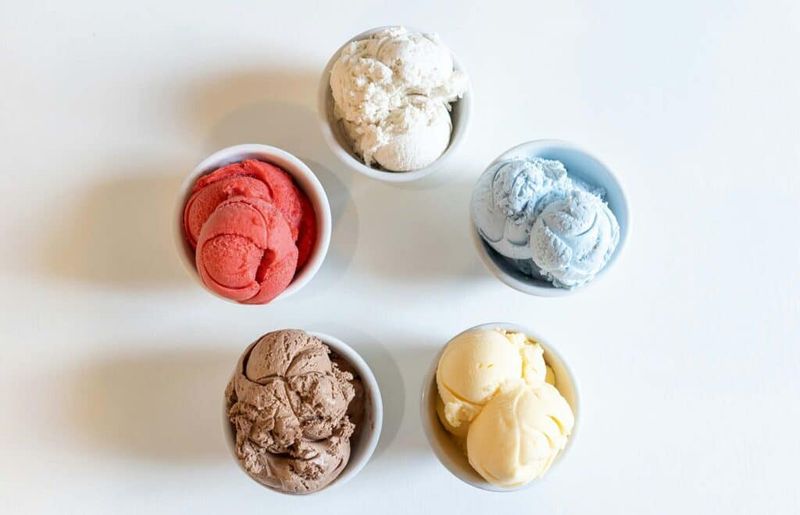
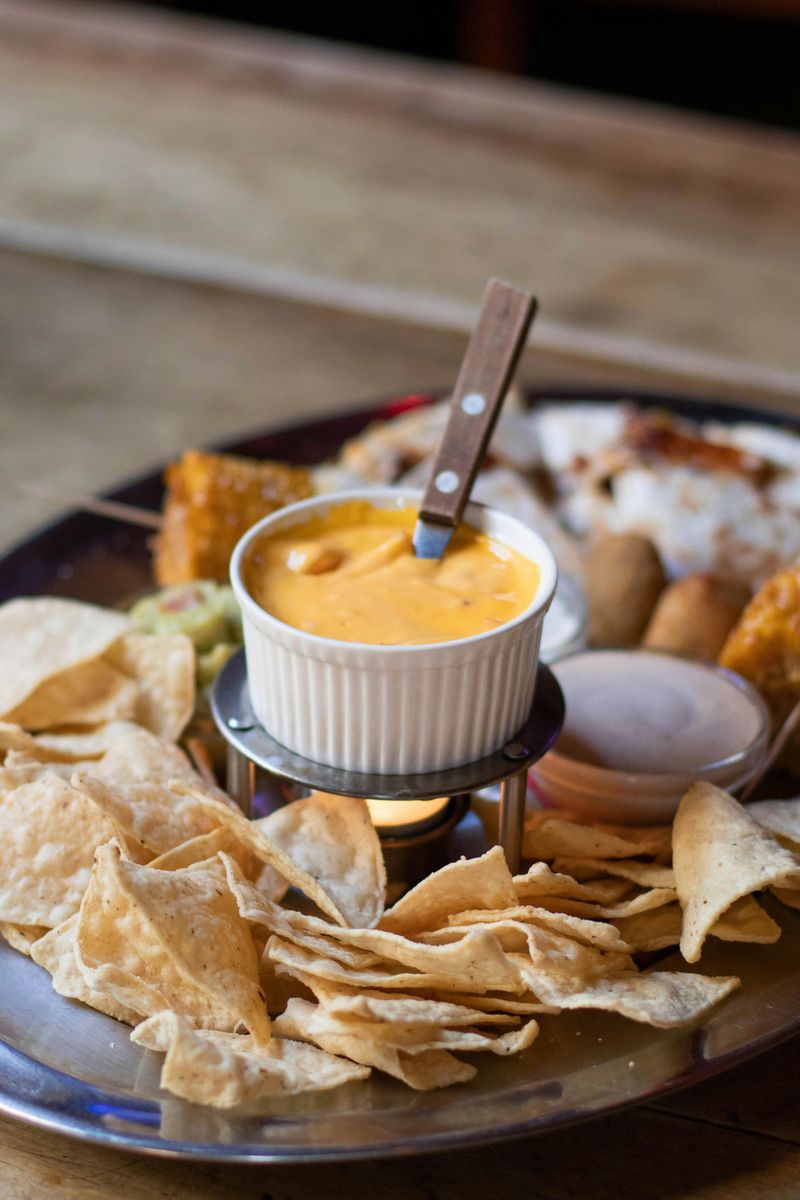
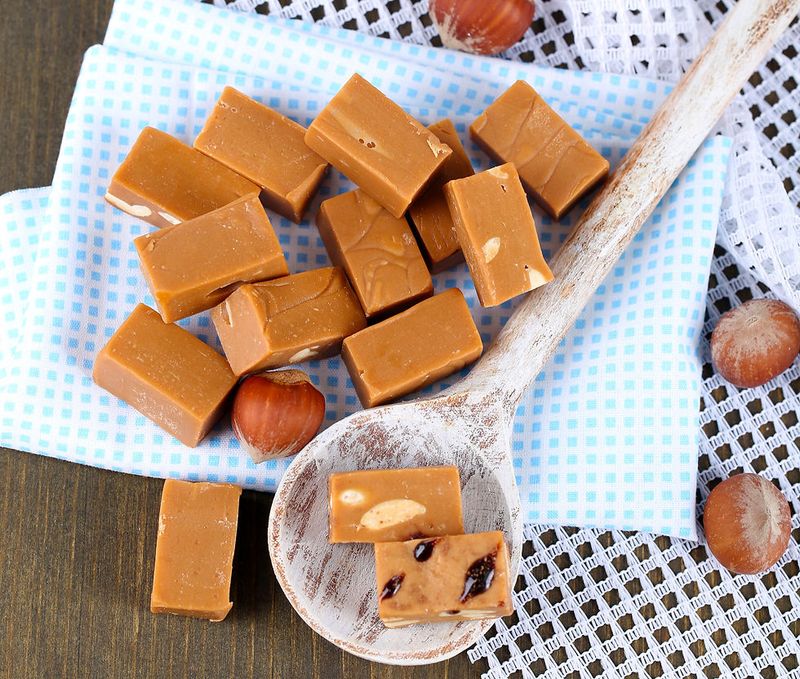
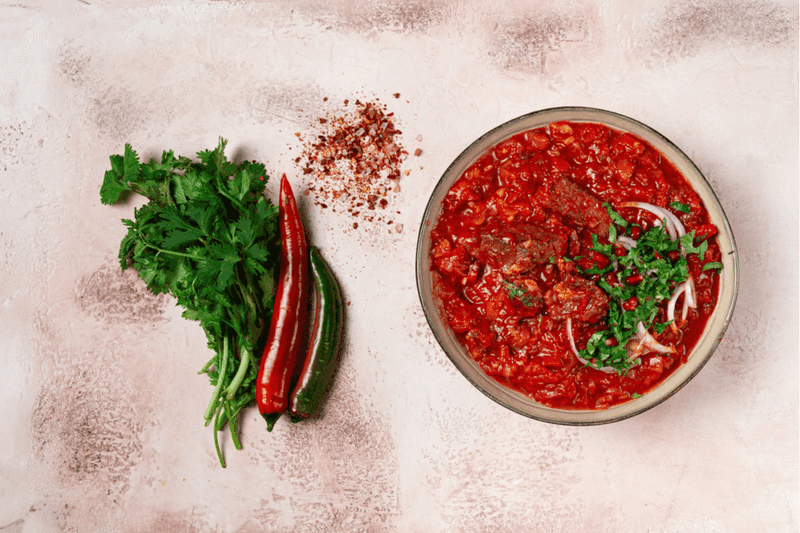

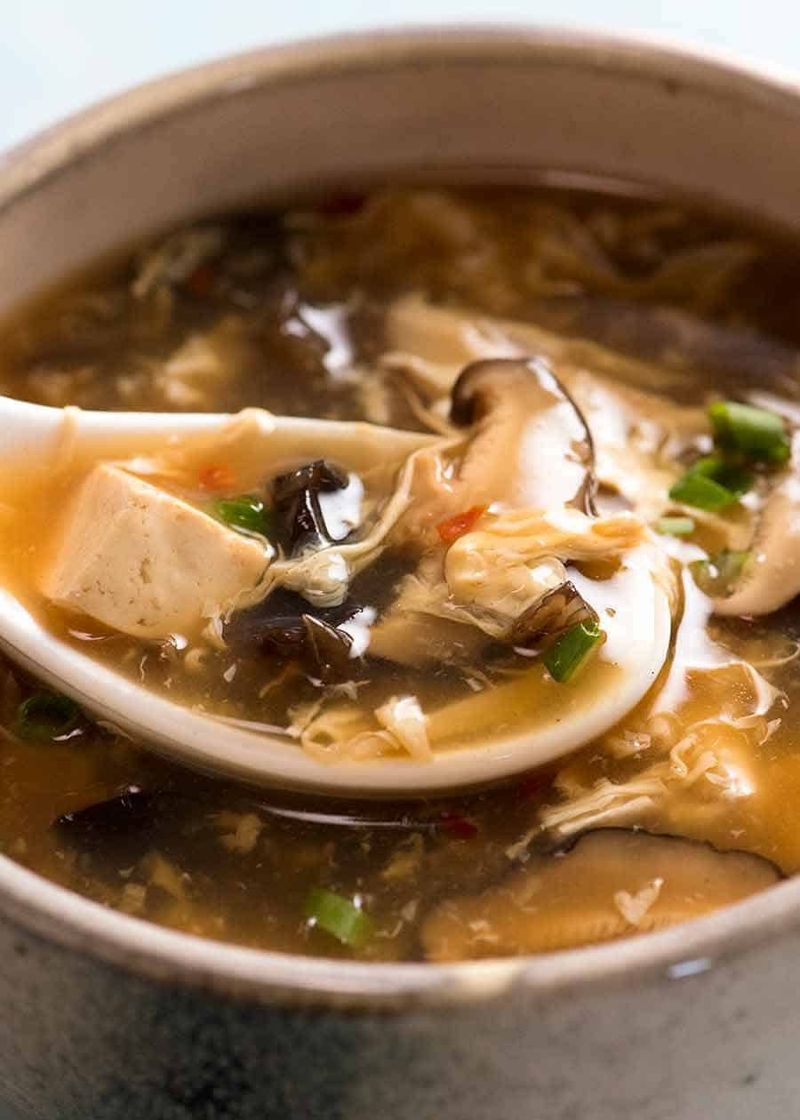
Leave a comment